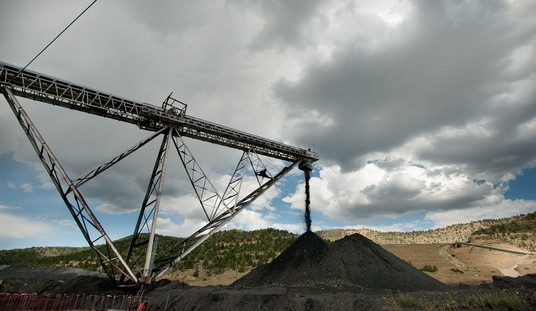When you think of solar power, the last thing you think of is Seattle. If it “never rains in California,” then it seemingly never stops in America’s northwest. Would you like a little fog with your drizzle? They have plenty to spare.
Have you ever lived in the Pacific Northwest? I spent four years behind the Redwood Curtain in little Eureka, Calif., and working in littler Arcata just up Highway 101. I was doing morning radio at the time, and every single day I swear to you I recited the same weather forecast: “Morning fog, burning off around noontime. Highs in the mid-50s with a chance of afternoon showers.”
It did vary some. When the weather was really wacky I might say something like: “Morning showers followed by mostly cloudy skies. Highs in the mid-60s.” Or maybe, “Fog so thick you can surf the Arcata Plaza.” One time I think I almost got fired after describing our third straight week of fog and drizzle and zero sunshine as, “It’s another real wrist-slasher out there today.”
Little Known Fact: Anchorage, Alaska, has a higher average daytime temperature in the summer months than Eureka does. One week in 1991 or ’92, famed San Francisco Chronicle columnist Herb Caen came up to visit. He quoted one of the locals saying, “It’s not so much that we want to see the sun, but we’d sure like our kids to.”
After four years, I decided I either needed to invest heavily in flannel and Vitamin D pills and go native — or leave.
I left.
So it’s with genuine empathy that I read this Seattle Times headline: “Friday was darkest day recorded in Seattle history.”
To be fair, the measurement systems were put into place only in 1996, according to staff reporter Neal Morton. The University of Washington installed pyranometers on the roof of the atmospheric sciences building 23 years ago, which “measure the amount of solar radiation — or energy — that reaches the surface of the earth each day.” If your inner geek demands the actual figures, the Cliff Mass Weather and Climate Blog has them:
Over the entire day, we received .37 million Joules of solar radiation over a square meter surface. The old record low was .39 on December 14, 2006 ( a joule is a unit of energy). The runner up was .44 on December 7, 2015. To give you some perspective, in July of this year we had several days reaching 27.
If I’ve done my math right, Seattle-area residents received only 1.37% as much sun on Friday as they enjoyed during some of July’s nicer days. A commenter at the climate blog noted that the canal bridge lights were on at 11 a.m., and that “solar powered speed limit signs did not work.” Another commenter noted:
On a good day, a solar panel in Western Washington will generate about 6 kW hours of electricity per kW of rated capacity. On a year round average, it should be 3-4 kW hours.
0.37 MJ is barely over 0.1 kW hours.
Put another way, panels that cost $2000-3000 to buy and install would have only made 1 cent worth of electricity yesterday.
Ouch.
A lack of sunshine that severe can have real repercussions on people’s health, too.
People who suffer from Seasonal Affective Disorder (I’m one of them) can endure fatigue and depression during the winter, which in the Pacific Northwest lasts from approximately August 1 to June 30. But even people who don’t require extra sunlight just to feel normal still need plenty of sunlight to stay healthy. Sunlight helps the body to produce Vitamin D, and research has shown that “having a vitamin D level below 20 nanograms per milliliter (ng/mL) can raise your risk for depression by as much as 85 percent, compared to having a vitamin D level greater than 30 ng/mL.” Another study (same link) of healthy young women living in PacNW during the colder months concluded that “vitamin D insufficiency (30 ng/ml or lower) could predict the emergence of clinically significant depressive symptoms.”
Light therapy — tanning lamps dragooned into medical use — are effective for the small number of people with SAD, but what do you do when it’s millions of residents of an entire city deprived of life-giving sunlight?
No word yet whether climate change is somehow to blame for Seattle’s gloomy mood, but if they don’t get more sunshine soon, then the rest of the country might be in real danger of suddenly having four million cranky Greta Thunbergs on our hands.









